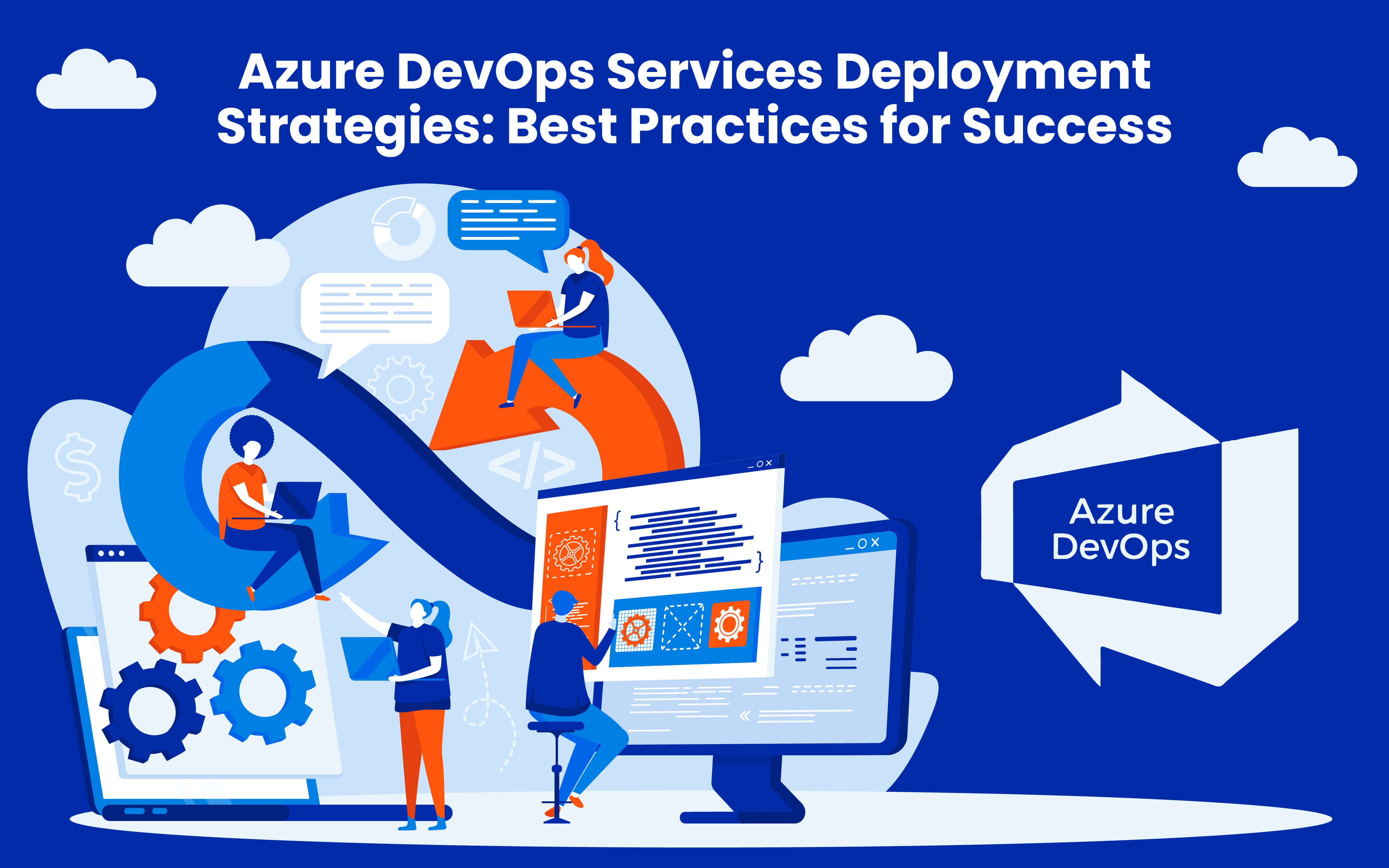Blogs
To know about all things Digitisation and Innovation read our blogs here.
Digital Transformation
Developing a Winning Digital Transformation Strategy: Key Considerations
SID Global Solutions
24 April 2023

Introduction:
Digital transformation is not just about technology, it’s a fundamental shift in the way businesses operate, compete, and create value for their customers. It’s about using technology to transform business processes, operations, and customer experiences to create new opportunities and increase competitiveness. Developing a winning digital transformation strategy is an essential part of achieving success in the digital age. In this comprehensive guide, we’ll cover the key considerations you need to keep in mind when developing your digital transformation strategy. We’ll also provide tips and best practices to help you create a strategy that is effective and sustainable for your business.
Also Read: How to Establish a Data Governance Culture Across Your Organization?
Define Your Objectives and Goals
Digital transformation is not a one-size-fits-all solution, and neither are your objectives and goals. It’s essential to identify the specific business challenges you want to address, the opportunities you want to pursue, and the outcomes you want to achieve. For example, you may want to improve customer experience, increase operational efficiency, reduce costs, increase revenue, or all of the above. Your objectives and goals should be specific, measurable, achievable, relevant, and time-bound (SMART) to track progress and determine whether your strategy is working.
Assess Your Current State
Before embarking on a digital transformation journey, you need to understand where you are today. Assessing your current state involves identifying the strengths and weaknesses of your current processes, technologies, and systems. It’s important to involve key stakeholders in this process, including business leaders, IT experts, and other relevant personnel. A comprehensive assessment will help you determine what needs to be improved or replaced to achieve your objectives and goals. For example, you may identify a legacy system that’s slowing down your operations, a data silo that’s inhibiting collaboration, or a manual process that’s prone to errors.
Identify Technology and Process Gaps
Once you have assessed your current state, the next step is to identify the technology and process gaps that need to be addressed. This involves identifying the technology solutions and process improvements that will help you achieve your objectives and goals. For example, you may need to replace legacy systems with more modern and efficient solutions, integrate disparate systems to improve data visibility, automate manual processes to increase efficiency, or adopt new technologies such as artificial intelligence, machine learning, or blockchain. It’s important to prioritize the gaps based on their impact on your business objectives and the resources required to address them.
Also Read: API Economy Trends to Watch in 2023 and Beyond
Build a Digital Roadmap
Based on your objectives, current state assessment, and gap analysis, you can start to build a digital roadmap that outlines the key initiatives and projects required to achieve your goals. This should include a timeline, budget, and resource allocation plan. It’s important to ensure that your roadmap is aligned with your business objectives, and it’s flexible enough to adapt to changing business needs. Your roadmap should also identify the key performance indicators (KPIs) that you’ll use to measure progress and determine whether you’re on track to achieve your objectives and goals.
Build the Right Team
Digital transformation requires a multidisciplinary team that includes business leaders, IT experts, and other key stakeholders. Building the right team is essential to the success of your digital transformation strategy. The team should have a clear understanding of the business objectives, technology landscape, and the overall roadmap. They should also have the skills and expertise required to execute the plan. For example, you may need project managers, data analysts, software developers, change management experts, or user experience designers.
Communicate and Engage
Digital transformation is a complex process that requires buy-in and engagement from all stakeholders. It’s essential to communicate the vision, objectives, and roadmap to all employees, partners, and customers. This involves developing a comprehensive communication and engagement plan that addresses the different needs and expectations of your stakeholders. Your plan should include regular updates, training programs, and feedback mechanisms to ensure that everyone is informed and involved in the process. This will help to build a culture of digital transformation and ensure that everyone is committed to achieving the desired outcomes.
Manage Change
Digital transformation involves significant changes to the way people work, the processes they use, and the technologies they rely on. Managing change is critical to the success of your digital transformation strategy. It involves identifying and addressing the resistance to change, managing the risks and uncertainties, and providing the necessary support and resources to enable the transition. This requires a change management plan that outlines the roles and responsibilities of different stakeholders, the communication and engagement activities, and the training and support programs required to facilitate the change.
Also Read: Why Setting Clear Digital Transformation Goals is Crucial for Business Success
Measure and Monitor
Digital transformation is an ongoing process that requires continuous monitoring and improvement. It’s essential to measure the progress and effectiveness of your digital transformation strategy regularly. This involves tracking the KPIs you identified in your digital roadmap, analyzing the data, and making necessary adjustments to your strategy. It’s also important to communicate the results and achievements to all stakeholders to maintain their engagement and support.
Conclusion
Digital transformation is a complex and ongoing process that requires careful planning, execution, and management. Developing a winning digital transformation strategy involves defining your objectives and goals, assessing your current state, identifying technology and process gaps, building a digital roadmap, building the right team, communicating and engaging, managing change, and measuring and monitoring progress. By following these key considerations, you can create a strategy that is effective and sustainable for your business, and achieve success in the digital age.









